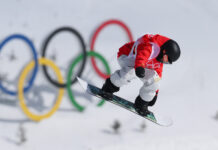
Avalanches vary, though they may seem to be the same. Some avalanches are very dangerous and can cause a person’s life while others only have mild effects on people. There are many types of avalanches – each varies according to the cause of occurrence.
Table could not be displayed.Loose Snow Avalanche
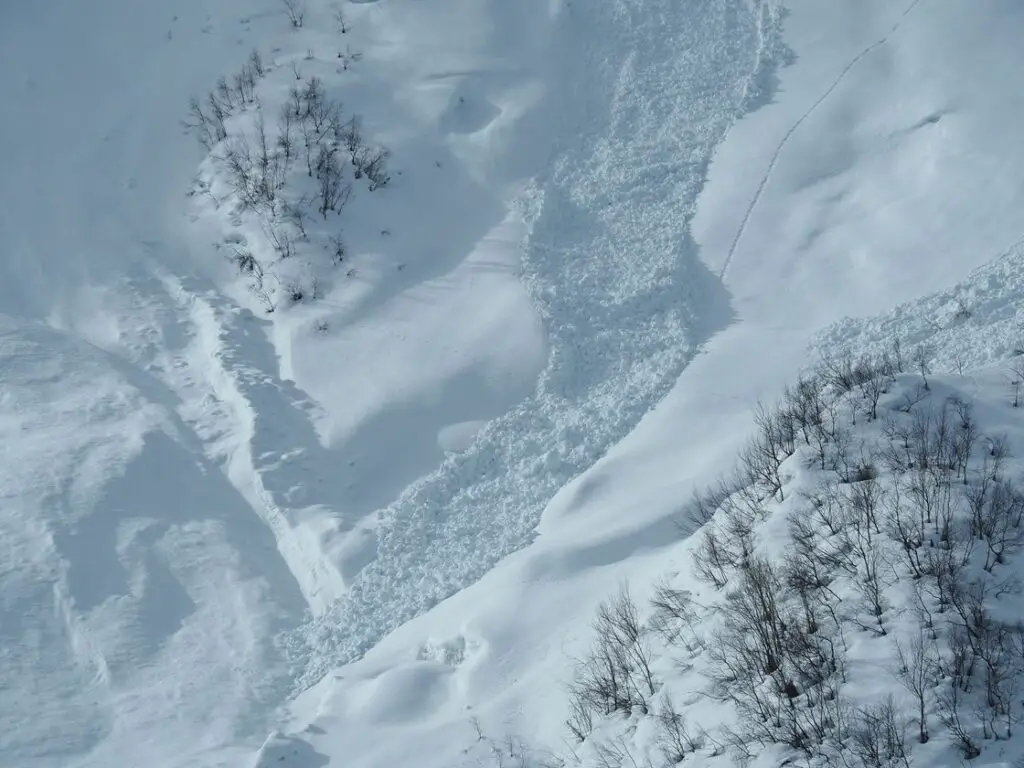
This usually occurs at the surface when the snow is new, more commonly known as the wet spring snow. It starts when something triggers it and spreads out as it traverses. This is a gentle and usually safe type of avalanche. It does not gather enough snow on the way to be able to kill or bury a person.
Ice Fall Avalanche
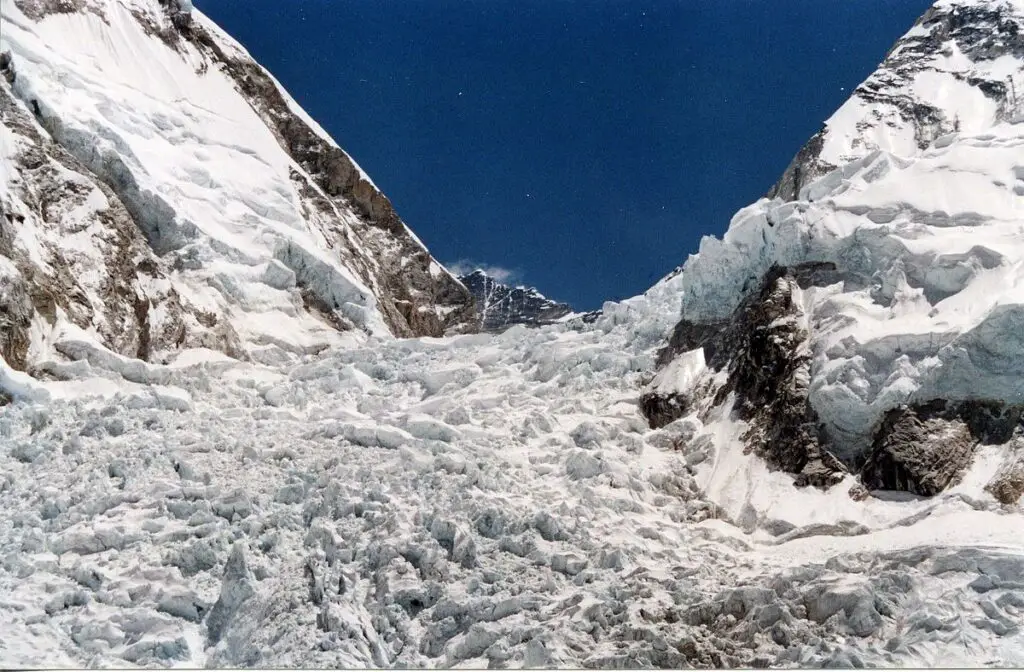
It is referred as such because chunks of ice calf off as the glacier slowly flows downhill. Many believe that the temperature and time of the day can affect the occurrence of this type of avalanche, but the truth is that this avalanche happens when glaciers drop steeply from the mountain. To avoid these, do not travel beneath ice cliffs and through icefalls. If going through ice cliffs is inevitable, roll the dice and travel quickly.
Cornice Fall Avalanche
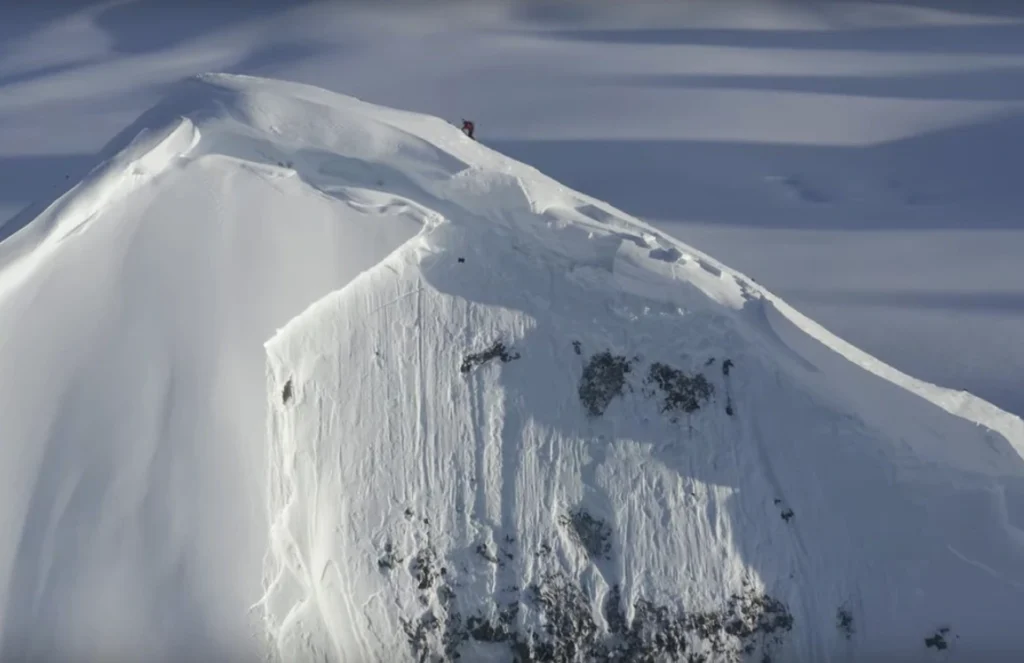
This type of avalanche occurs when cornices break loose from the lee side of ridges. Cornices are snow portions that look like frozen ocean waves stretched along mountain ridges. These are very deceptive and dangerous for it is difficult to decipher when does the ground end and the overhanging cornices are not supported. They form their characteristic “eaves” of cantilevered snow when prevailing winds remove snow from slopes on one side of a ridge and deposit it on the other side of the ridge. The snow that forms cornices is very dense and hard, yet can be extremely fragile. This type of avalanche is easily avoided by staying back from the peak of ridges.
Slab Avalanche
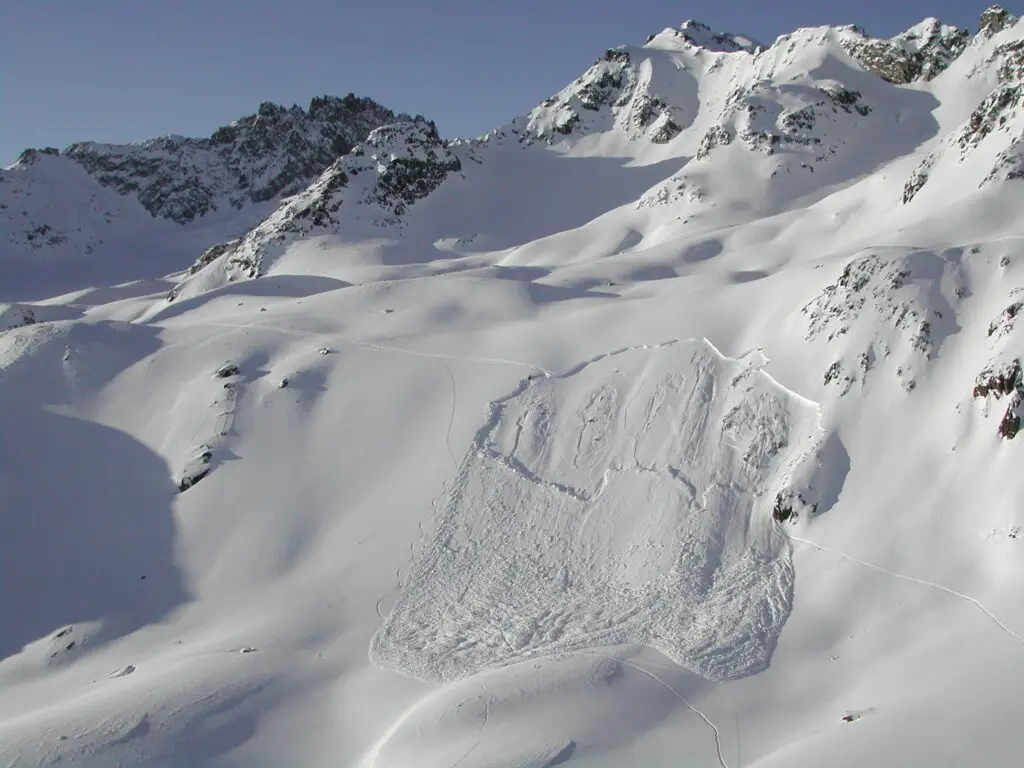
Slab Avalanches generally occur when a packed portion of snow became loose. The slab is difficult to see and avoid for one cannot determine when the snow will move. Most of the time, a person can still travel on it before it falls. This type of avalanche is the primary cause of the most number of casualties among travelers.
It would be very helpful for winter sports enthusiasts and travelers to know the different types of avalanches so as to know what kind of environment they are dealing with. It would also be beneficial for rescuers to be knowledgeable on the kinds of avalanches so that they can have easier and more effective rescue operations. You must be aware that not all avalanches are the same and that you should know what to do in case an avalanche occurs and you are near the area.

